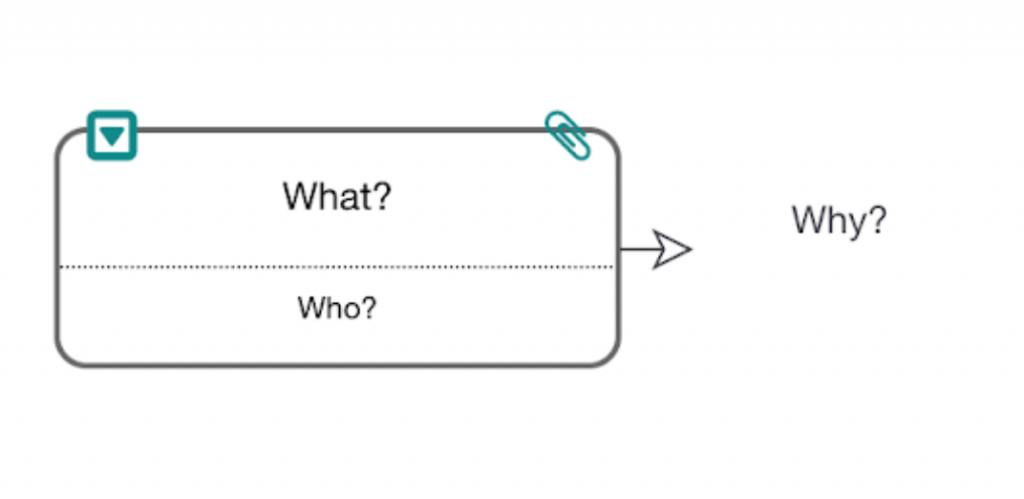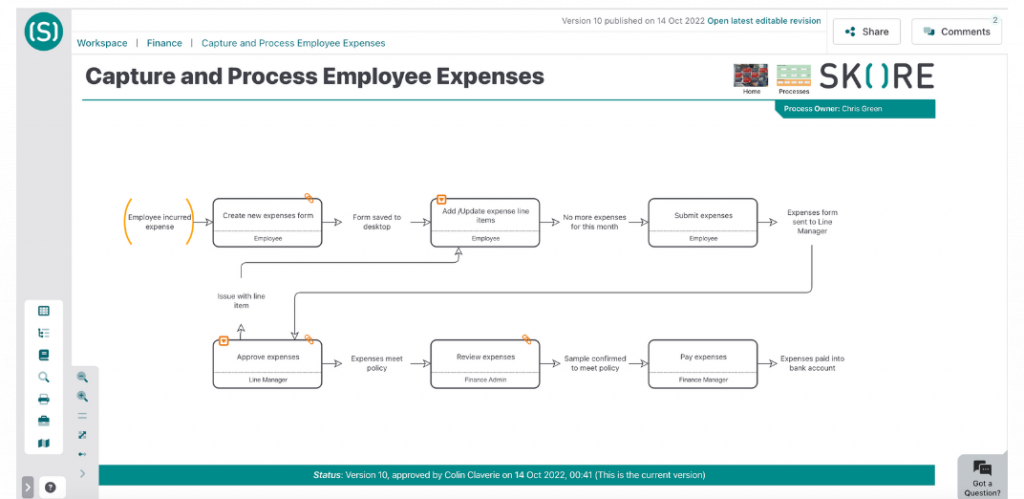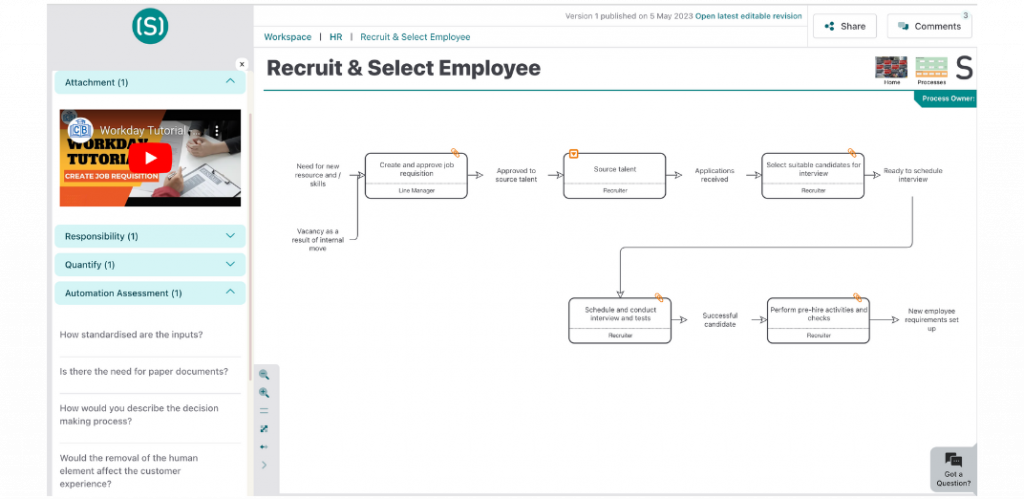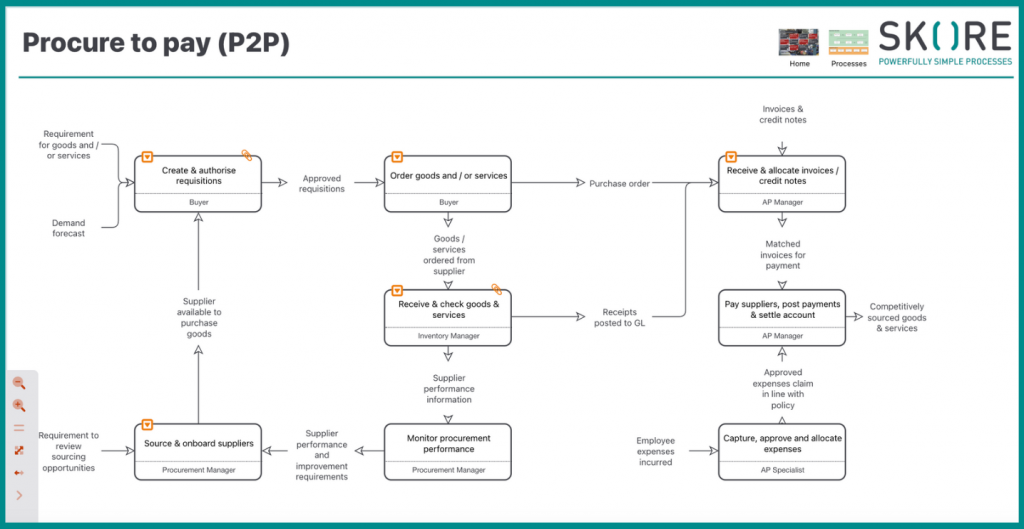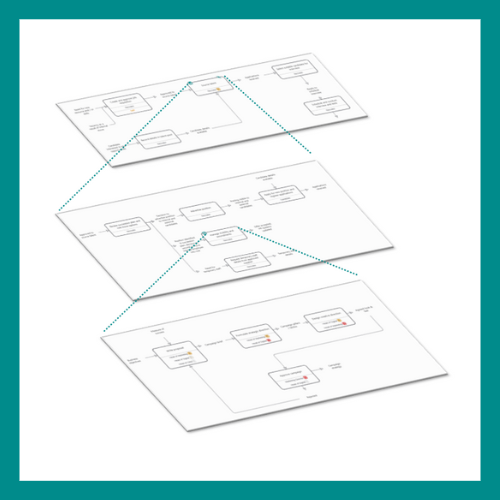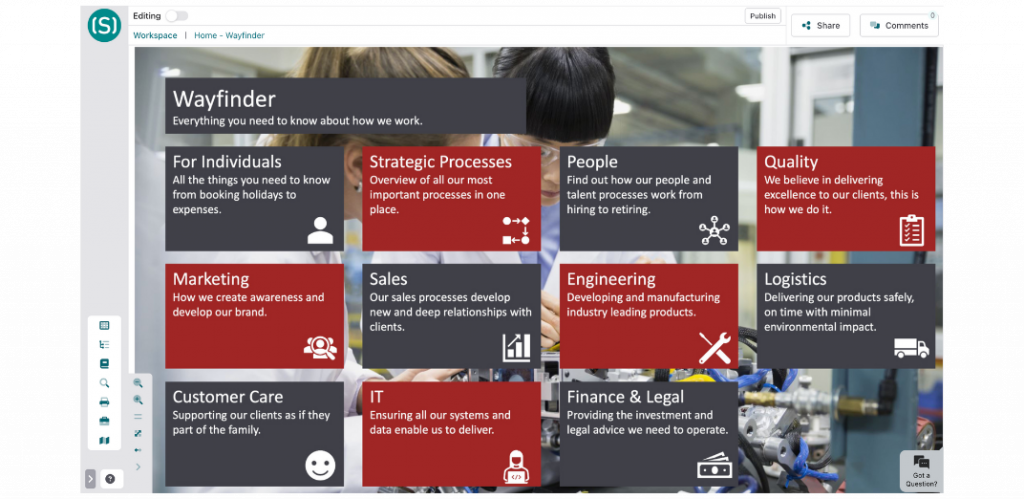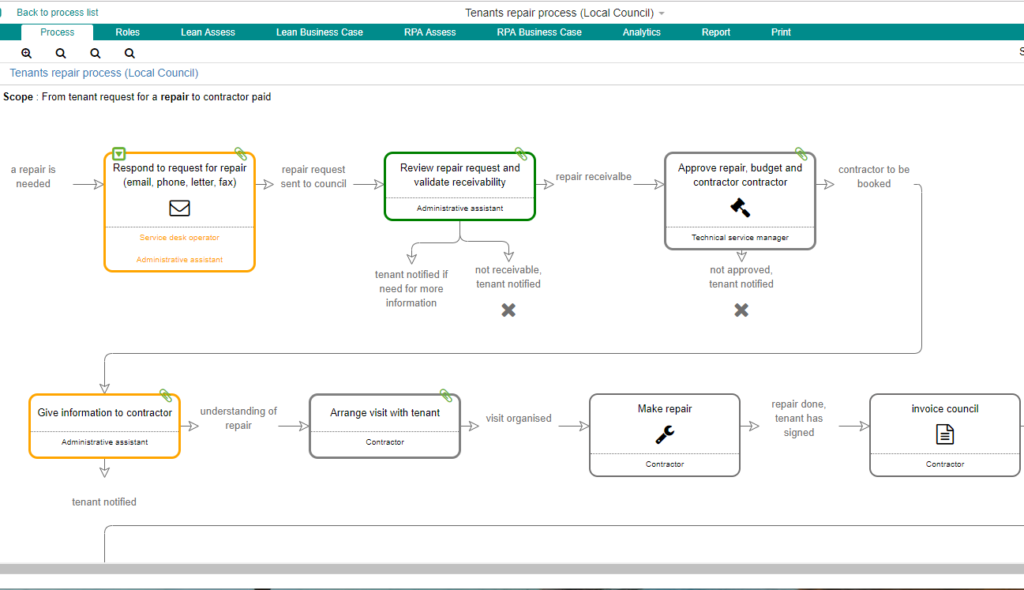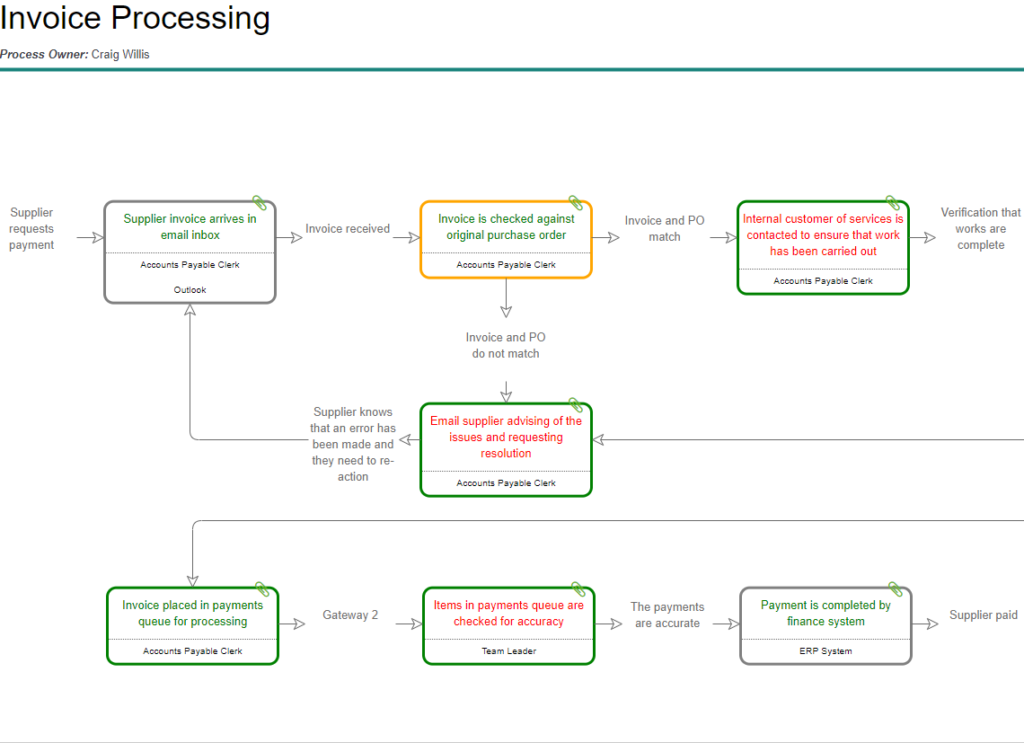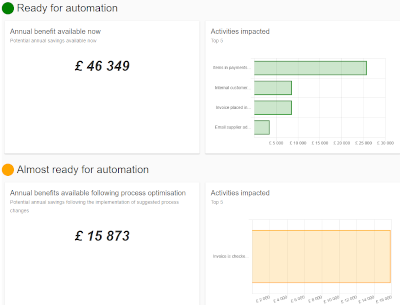A Typical Process Workshop Agenda
Process workshops are an important tool for anyone running any type of process management projects. They are powerful because it’s one of the few chances that teams get together to talk about how they work and how they can improve. Whether you have time to prepare in advance or you are on the spot, here are Skore’s top tips to running a great process workshop agenda.
Remember, the output of a workshop typically consists of:
- an agreed description/visualisation of the process
- a list of improvement opportunities
- a list of requirements
- set of actions for the team to complete
While mapping a process may be something you are familiar with, running a workshop can be quite challenging, and if you don’t have a good structure to work to, it can be even harder. Therefore it is key to get the agenda for your Process Workshop ready.
Here’s how we would go about organising the process workshop agenda.
Before the Workshop
Firstly make sure you’ve agreed the scope of the process and attendees. Provide the agenda, ensure the room has been booked and all the equipment you need is there and working.
Introduction
Introduce yourself, and why you are here. You are likely to be new to a team of people who know each other very well already. You are the outsider and you need to start breaking down barriers and be clear about who you are from the very beginning.
Objectives and Expectations
Make sure you go through the process workshop agenda and discuss expectations and timings. Discuss what you hope to achieve, why you are doing it and check that everyone agrees. You can talk about what you want to cover in the meeting but it’s also just as important to make sure everyone know what you won’t be talking about.
Ground Rules
Its always a good idea to go through some basic rules that will apply to your workshop. Make sure that the attendees understand that everyone in the workshop has an equal say. If you have a person of authority attending then it is very important that they also back this up. Often team members are reluctant to speak up in front of managers. If you are not getting much feedback you may want to consider if this is why.
It’s also important to make clear that there are no phones or laptops in use, you need everyone’s undivided attention. If it’s urgent then people need to step away from the room and make sure there are no distractions. Make sure you are in control of the room, so there is only one conversation going on at a time and this is clear. Any major issues needed to be parked after 5 minutes.
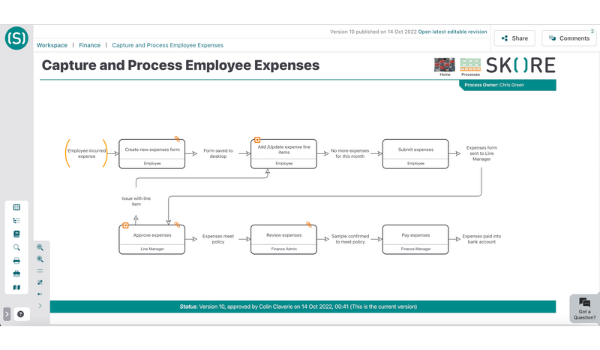
Guidance
Explain the approach that you are using and how it works, show examples if you have them. Even if people are comfortable with process mapping there is nothing wrong with showing them again how the workshop will work.
Design Principles
If this part of a wider programme of work there are likely to be some guiding or design principles, make sure you go through these at the beginning of the workshop. List existing standards and reference materials they have. The organisation may have a generic methodology or approach that the business needs to use and it’s important to adopt this culture, don’t try to change it here.
List and review the content your attendees already have. You may find however that they can’t think of things on the spot, especially if they don’t use them very often. This may come out more during the workshop – another great reason to run one and you can quickly add the information in as you go!
Start with the Scope
Discuss the scope of the process and ensure everyone is still aligned on what you’re going to be focusing on.
Map the Process
Make sure you capture ideas, risks, issues and actions as you go.
You might not finish everything in the workshop, don’t worry if thats the case, but make sure you walk through what you do have by reading it aloud to everyone. If you’re inputting the process straight into software then it’s an opportunity to get people to sign off before they leave the room and are harder to contact.
Agree Next Steps
Discuss actions and assign owners to each one. Make sure you agree a timetable for the next steps if possible. It’s important everyone comes away knowing what is happening next.
Process Workshop Agenda Ready!
Your basic agenda as prescribed by Skore. You are ready to run an awesome Process Workshop. Give it a try and let us know how it went by commenting below.
Skore is the Process Improvement Software Platform designed to be used by everyone. Our simple two shape system means you can can map processes at the speed of conversation in live workshops and generate instant analytics and dashboards to help you build better processes that work for your team and discover areas of improvement.

